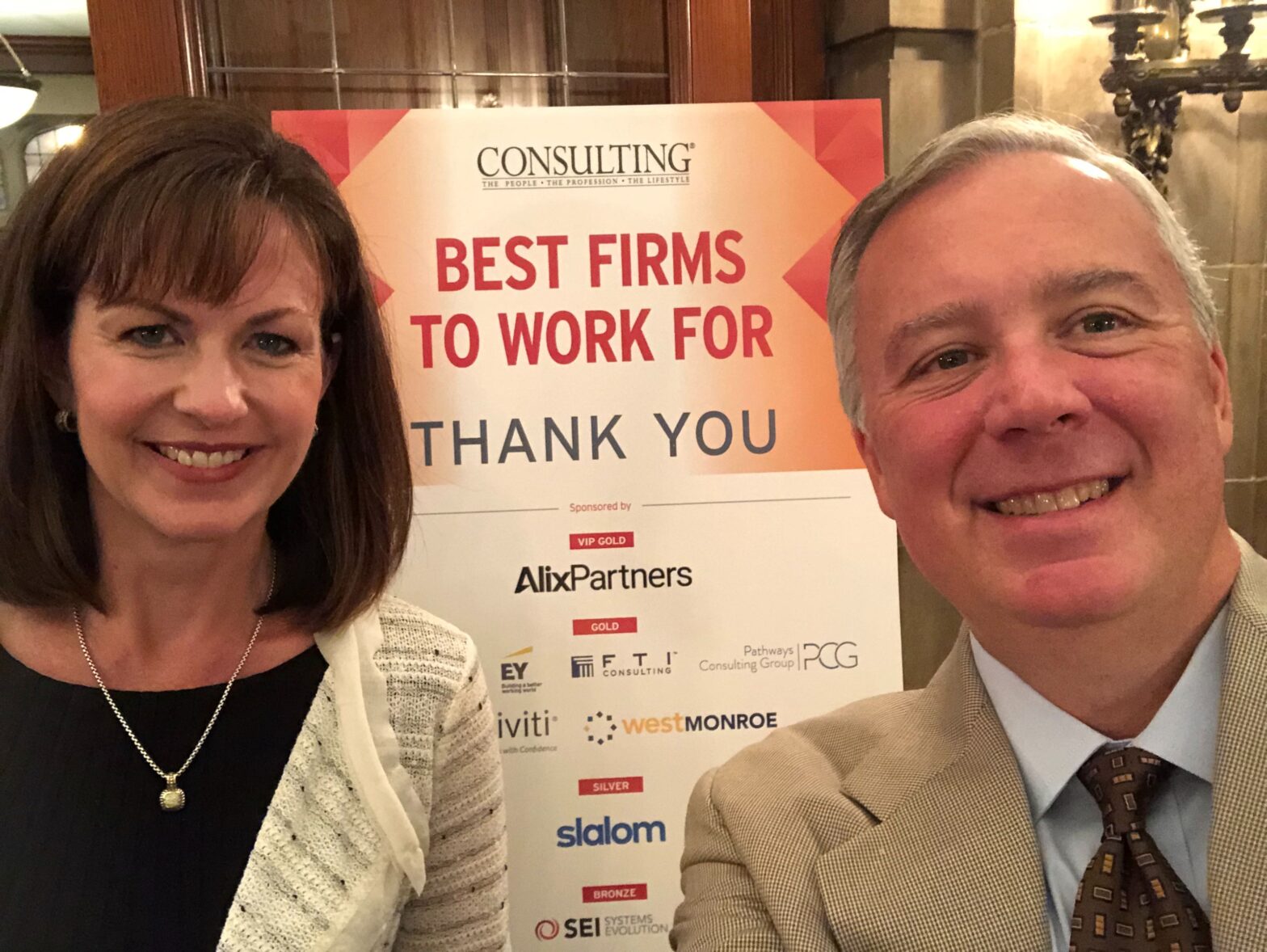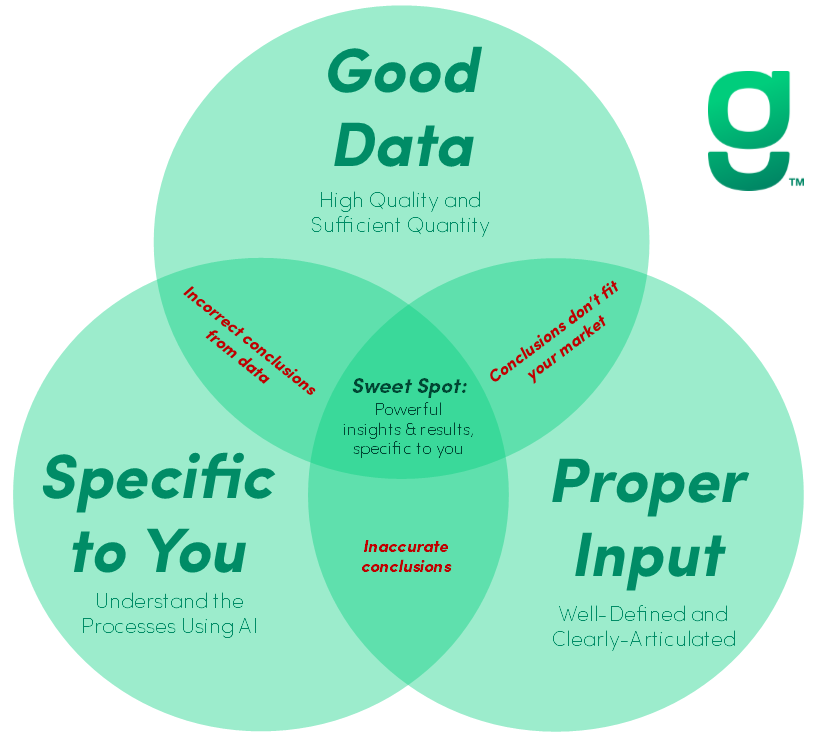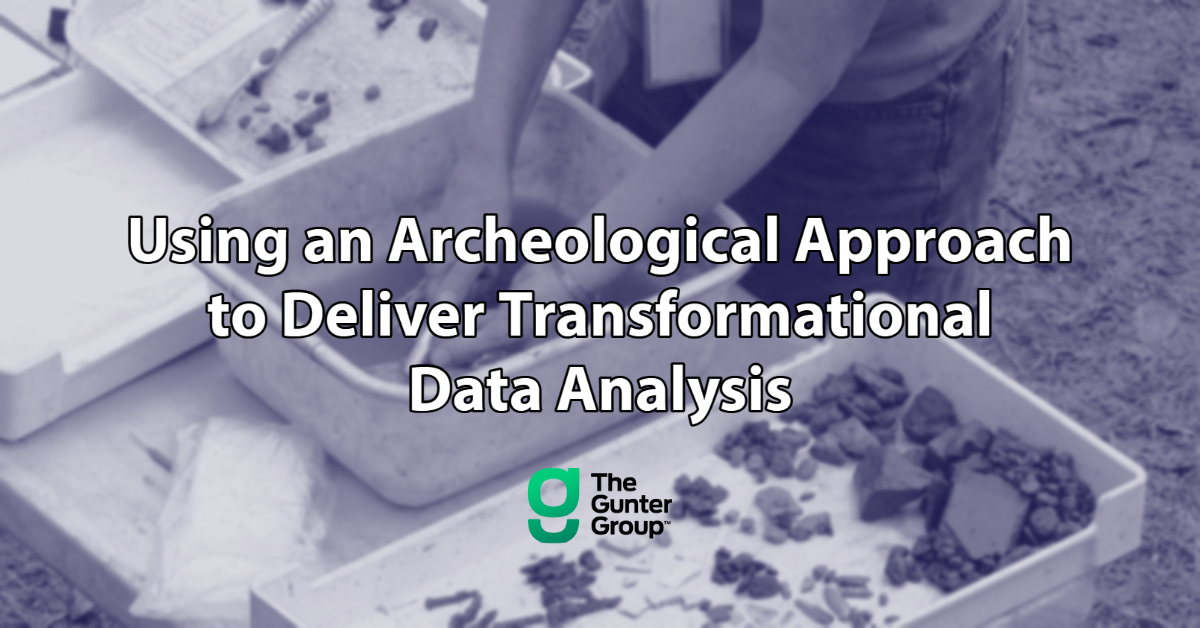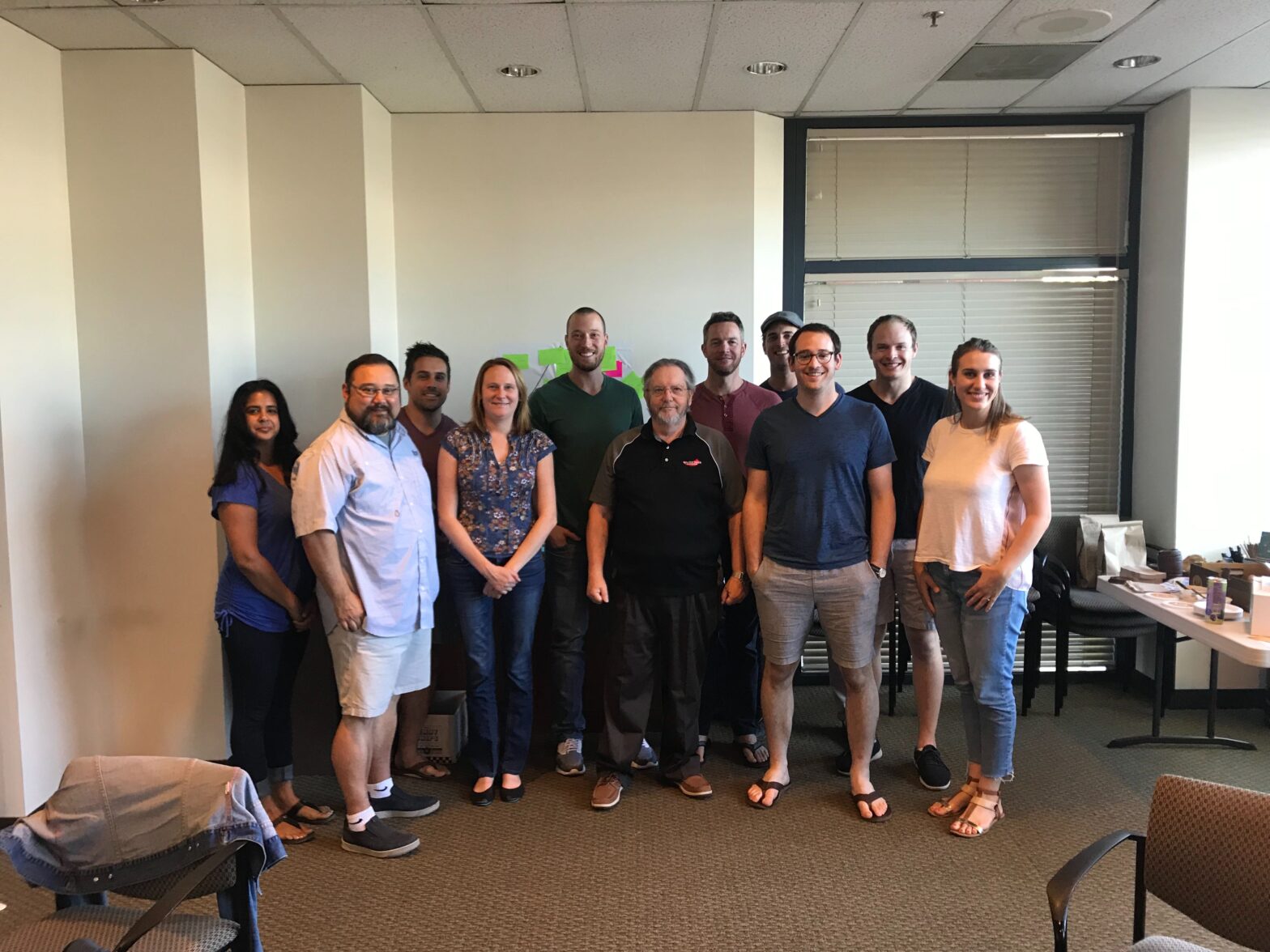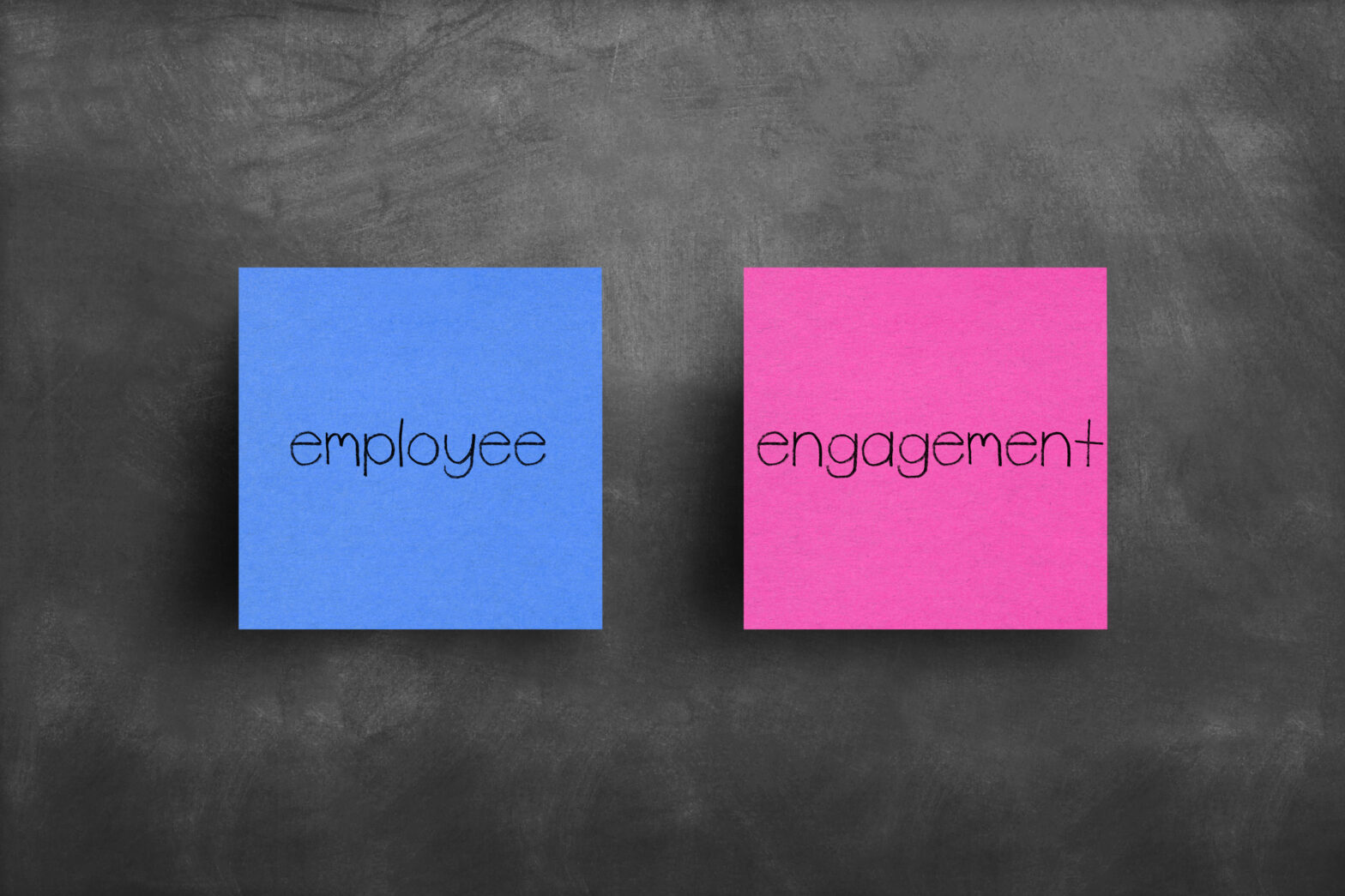The Gunter Group was recognized as Consulting magazine’s #4 “Best Small Firm to Work For” in the nation.
Tag Archives: Nevada
ARTIFICIAL INTELLIGENCE & YOUR BUSINESS: 3 THINGS TO KNOW
Artificial intelligence is all around you. You have been using it for a while, probably without even knowing it. Gmail finishes your sentences. Your phone corrects your spelling and grammar. Instagram decides what to show you next. Spotify creates perfect playlists of new music. Advertisements know exactly what you’re thinking. You use AI hundreds of times a day.
USING AN ARCHEOLOGICAL APPROACH TO DELIVER TRANSFORMATIONAL DATA ANALYSIS
The potential of data analysis, especially in this age of “big data,” is immense but it’s important to use appropriate models to help explain that data and to ask the right questions in the first place.
TGG LEVELS-UP TECH PRACTICE
Gunter Group consultants converged on the Portland area last weekend to attend a 16-hour 2-day training on agile. The course, provided by industry leader Rod Claar, included a deep dive into agile best practices and featured hands-on learning experiences.
STOP GETTING TECH STRATEGY WRONG
If your IT department is doing a phenomenal job then you probably never see, hear, or even think about them. They’re out of sight and out of mind. Then something goes wrong and everything changes. When systems fall short, IT comes under the microscope. This usually results in knee jerk change: organizations quickly ditch failing solutions in favor of new ones. In doing so, they often unwittingly cause themselves more headaches.
EMPLOYEE ENGAGEMENT
If you could improve your company’s profits by 21%, reduce attrition by 24% to 59%, and improve your employees’ morale—all without significant cash outflow or investment—would you do it (1)? It is doubtful anyone would answer no to the above question, although that is what many are essentially doing when they don’t make employee engagement a priority in their organization.
